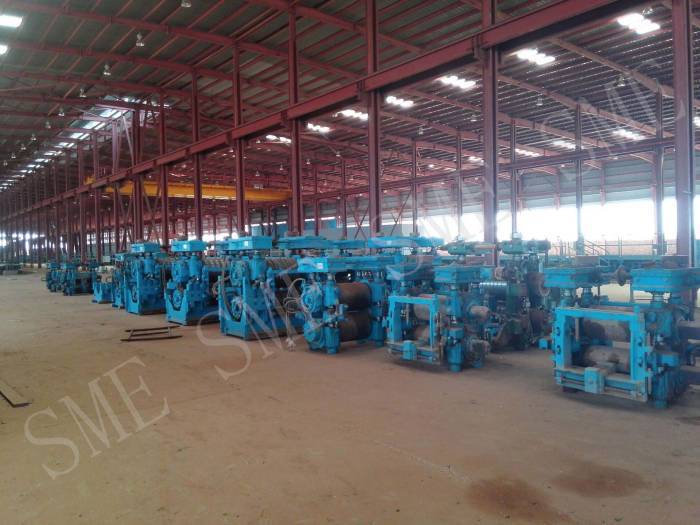Non-magnetic steel can be divided into austenitic non-magnetic stainless steel and non-magnetic structural steel, the former to ensure austenitic stability, must be added to a sufficient amount of Ni and Mn, while to ensure stainless properties, the mass fraction of Cr in steel should be at least greater than 13%. Non-magnetic structural steel is mostly Fe, Mn series non-magnetic steel, mainly utilizing the higher Mn, C content at room temperature that is to obtain austenite organization.
Non-magnetic steel organization at room temperature is stable austenite. Ferrite, pearlite and martensite organization at room temperature is ferromagnetic, in the magnetic field shows a strong magnetization, high magnetic permeability. Austenite is paramagnetic with low permeability. By adding appropriate alloying elements and heat treatment methods, a stable single-phase austenite organization can be obtained at room temperature, thus keeping the permeability of steel materials at a low level.
The use of high-strength non-magnetic steel can reduce the rotor end leakage; large nuclear fusion devices, superconducting power generation, transmission and energy storage equipment structure materials need a large number of non-magnetic steel; magnetic levitation train guidance mechanism steel need to use non-magnetic steel.
Non-magnetic steels are used in power conduction network equipment and large aircraft protective shelters, etc. Non-magnetic materials are also used in large quantities in many electric motors.
